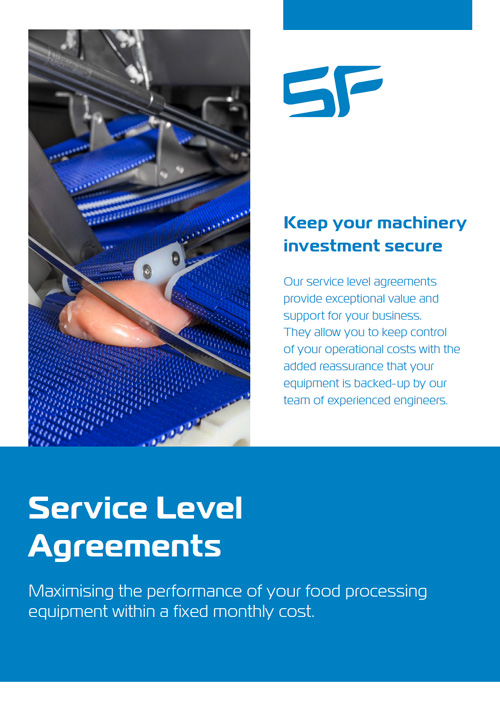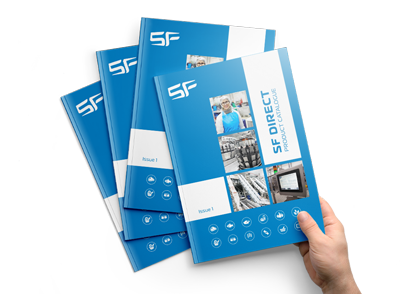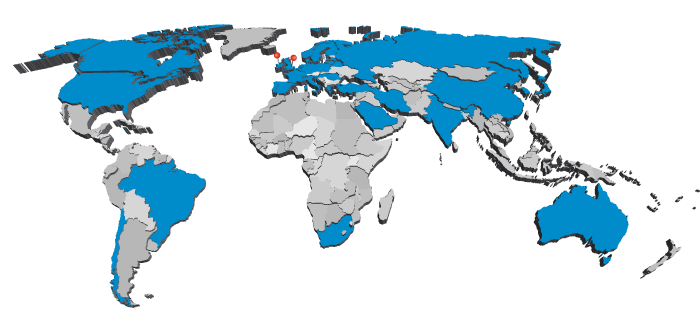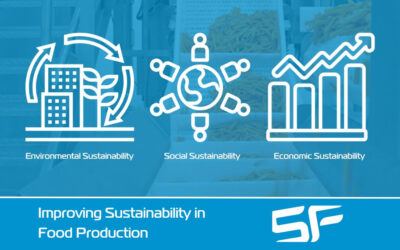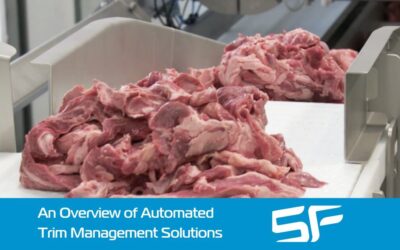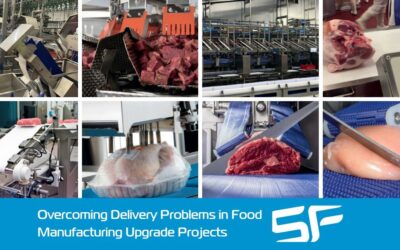Essential Steps for Reducing Water Usage in Food Production
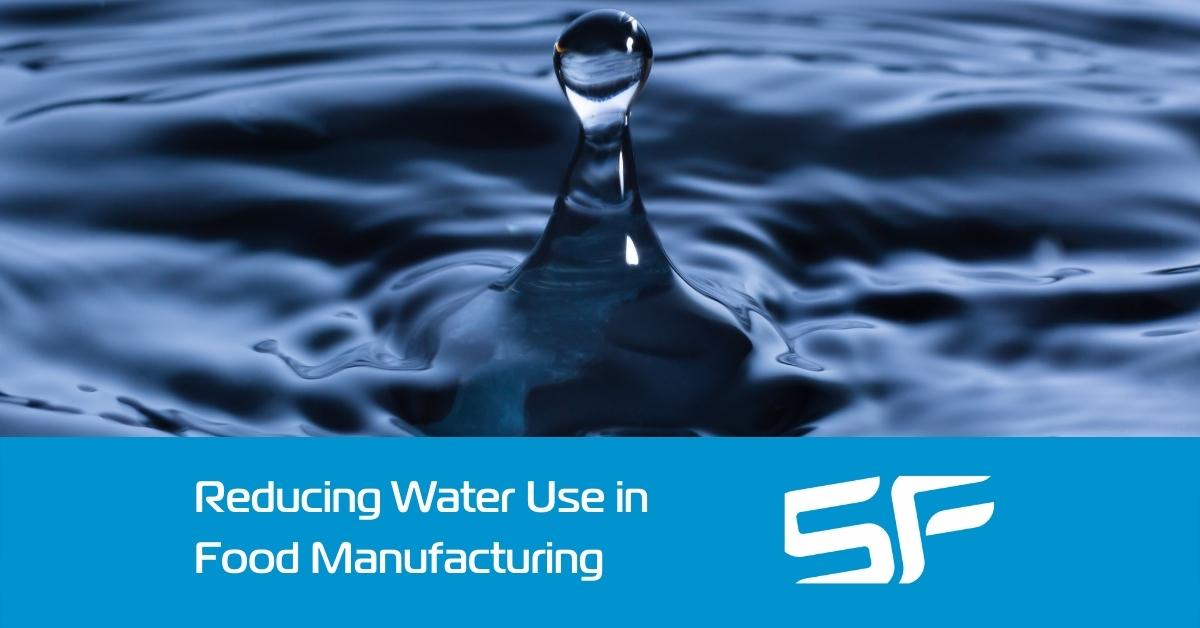
Traditional food production methods use high quantities of water for everything from production to cleaning to storage to food safety. Reducing how much you use is not an easy task, but it is a high priority for many food production facilities as they work towards achieving their sustainability goals.
Doing your bit for the environment is only one motivation for reducing water consumption in a food processing facility. There is also the business reality that droughts and water shortages are becoming more common. While this creates environmental considerations, water shortages are also a business risk. That risk is exacerbated if your facility is in a location that is particularly susceptible to water shortages.
Other reasons for reducing the amount of water used in your food processing facility include:
- Consumer expectations and the desire of increasing numbers of consumers that the food they buy is sustainably produced
- Tighter regulatory controls around the use of water
- You can reduce costs by using less water
- You can also lower costs by reducing what you have to pay for wastewater treatments and discharge tariffs
Essential Steps for Reducing Water Usage in the Food Manufacturing Sector
There are eight main areas we are going to look at that will help reduce water usage in your facility.
Install Water Efficient Equipment
All equipment in your facility should be designed so they are as easy as possible to clean. Ease of cleaning not only reduces the time it takes to clean the equipment, but also cuts down on the amount of water that is required.
For example, the open chassis conveyors that we design at SF Engineering have a tubular construction and hinged side guards with a quick-release mechanism. This design makes it easier to access all parts of the conveyor when cleaning, reducing cleaning times and water use.
Water Recycling and Reuse
Recycling and reusing water will result in lower freshwater consumption at your manufacturing facility. As a result, you will use less water overall.
It is possible to recycle and reuse water in a number of different ways. This includes at machine level, particularly on equipment with cleaning in place (CIP) features.
For example, many of the industrial washers supplied by our equipment partner UNIKON have built-in systems for the reuse of water. A common solution in these machines is to reuse water that has been filtered for the main wash cycle, with freshwater only being used for post-wash rinsing. The water used for rinsing is then also filtered and reused for the main wash cycles.
This water reuse feature in UNIKON’s washers, in addition to the overall cleaning efficiency of the equipment, means you can reduce the water needed for your industrial washers by up to 76 percent.
Production Scheduling and Processes
The batch operations that are common in food processing facilities require more frequent cleaning than, for example, continuous manufacturing processes, as cleaning is often required between batches and products.
Revising production schedules, including the use of continuous manufacturing where possible, can reduce the amount of cleaning that is required as well as reducing water usage.
Equipment Maintenance
Properly maintaining your equipment, including servicing machines at recommended intervals, can also help to reduce water consumption. During maintenance, leaks and other faults that can lead to higher than necessary water usage can be identified and fixed.
Water Monitoring
It is difficult to effectively reduce the amount of water used in your facility if you have no way of measuring it. Therefore, it is helpful to have monitoring systems in place, from equipment level to plant level, so you can keep track of your water usage.
Training and Employee Awareness
While there are equipment and investment decisions that will help reduce water usage in your facility, your employees will play an important role too. As a result, you should ensure there is effective messaging about your objectives and initiatives in relation to water consumption. It is beneficial if that communication comes from the top. It is also beneficial to get employees involved in the process.
Training is important, too, including training on procedures and processes that minimise mess during food production (mess that then needs to be cleaned). Training on efficient cleaning practices, including minimising water usage during cleaning, is also important.
Optimising Cleaning Processes
Speaking of cleaning processes, they should be subject to constant review to ensure they are as efficient as possible. Are you using the right chemicals and cleaning agents? Are you using the right amount of chemicals and cleaning agents? Is water being used at the right temperature and pressure level?
All the above questions are important to ensure you have efficient cleaning processes that minimise water usage.
Minimise Water Usage Away from the Factory Floor
Finally, you can reduce water usage in your facility by making sure it is not being wasted away from the factory floor. This includes in kitchens and bathrooms. Things like turning off taps, using a dishwasher that is water efficient, and making sure the dishwasher is full before turning it on, are all common knowledge, but they can help.
Improving Your Facility, Helping the Environment
While there are some food processors that use more water than others, minimising water usage is a priority across the sector. It is not something that you can fix overnight, as there will always be improvements that can be made. Therefore, there needs to be a constant focus on water usage, whether you are investing in new equipment, updating procedures, or training your team.
